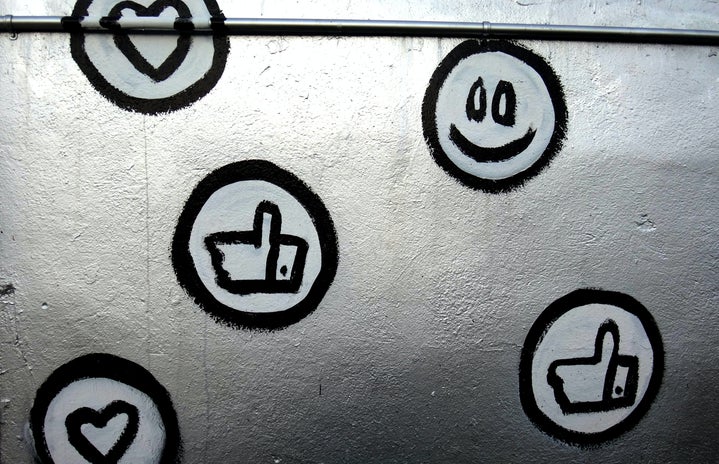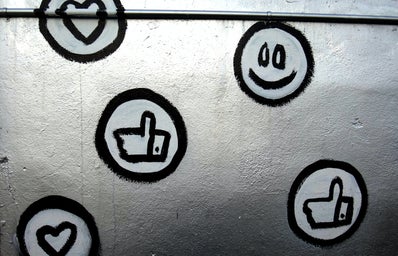Trigger warning for eating disorders, obviously.
Recently, Tumblr caused an uproar when they banned adult content. While the entire debate is far beyond the scope of this article, it is worth noting that they have notably been policing “female-presenting nipples” far more than they’ve been policing, like, Nazis.
Another notable Tumblr community that has received little-to-no policing is the thinspo/pro-ana/pro-mia community.
There are a lot of smaller groups in this community, the distinction between which is frankly arbitrary. Pro-ana (short for pro-anorexia) and pro-mia (short for pro-bulimia) outright promote eating disorders. This is a minority of the eating disorder community on Tumblr. More common are the blogs that fall into a grey area. For the most part, they will outright say that they are anti-eating disorder. However, this does not mean that they are doing anything to prevent others from using their blogs for harm.
These supposedly anti-eating disorder blogs usually reblog things like thinspo, workouts, and diet ideas. Thinspo, short for thinspiration, is photos of extremely thin people, usually women. These photos are intended to be motivation to lose weight. Tied in with these is “sweetspo,” or kind motivational messages to lose weight; and “meanspo,” which tries to accomplish the same goal though cruel messages.
You may have already figured out why I know so much about this subject. I used to run a now-deleted blog that was one of these supposedly anti-eating disorder thinspo blogs. I pretended it was an outlet, but it wasn’t. It was a detrimental experience that was toxic to any form of healing I might have attempted during that period of my life.
On this blog, I mostly shared thinspo pictures with the occasional workout. I mostly stayed away from diets – I think most of the ideas shared by the community are pretty stupid. Ask me about the mono diet if you want to hear a long and frankly problematic rant.
This blog, whatever I may have pretended, was really terrible for me. But more importantly, it was terrible for others.
It is one thing to keep a secret Pinterest folder, although that is also incredibly harmful to healing. It is another to promote eating disorders. Of course, I didn’t think I was. Or I didn’t want to think I was. But with the clarity of hindsight, I can see how toxic my behavior was.
Regardless of the purpose of these blogs as a personal source of inspiration of one person’s goal of “loosing weight” (a little in-joke for y’all in the know), they have far wider-reaching consequences. Especially if these blogs are tagging things to enhance their reach.
I get it. It feels nice to see the reblogs piling in. It feels validating. But the number of posts I saw with tags akin to “#proana #promia #NotProAnythingJustUsingTags” is enough to indicate that however anti-eating disorder the community might claim to be, that’s not entirely true.
It’s not that eating disorder content should be completely removed from Tumblr. To the contrary, I think one of Tumblr’s strongest pulls is the ability to connect with people who are struggling with the same mental illness as you. The problem is when that content becomes harmful rather than supportive. And I think most eating disorder blogs fall into this category.
Of course, this is not just an issue of Tumblr. Thinspo can be found on Instagram and Pinterest too. The culture on those sites is outside the scope of this article (and my experience). But I think Tumblr’s platform lends itself particularly well to this harmful community.
So, hey, Tumblr? Maybe lay off the transphobia inherent in “female-presenting nipples” and start going after blogs that promote eating disorders.



